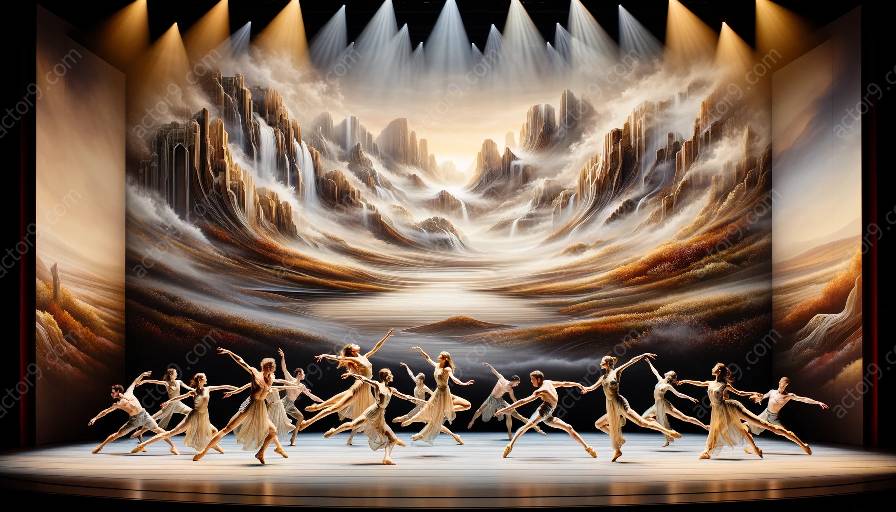Physical theatre choreography reflects the blend of body movement, expression, and storytelling. When it intersects with different cultural dance forms, it creates a dynamic fusion of artistic expression. This intersection not only broadens the horizons of physical theatre but also enriches cultural exchanges and understanding.
The Essence of Physical Theatre Choreography
Physical theatre is a form of performance that emphasizes the body as the primary means of communication. It encompasses various elements such as movement, gesture, and expression to convey narratives and emotions. The choreography in physical theatre is intricately connected to the storytelling process, often involving innovative use of space, rhythm, and physical language.
Intersecting with Cultural Dance Forms
When physical theatre choreography intersects with different cultural dance forms, it blends movement techniques, styles, and aesthetics. This fusion enables the integration of diverse cultural narratives and traditions into the fabric of physical theatre performances. The result is a rich tapestry of movement vocabulary and expressions that resonates with audiences from various cultural backgrounds.
Impact on Artistic Expression
The intersection of physical theatre choreography with diverse cultural dance forms expands the possibilities of artistic expression. It challenges traditional notions of movement and redefines the boundaries of storytelling through physicality. Artists are encouraged to explore new ways of conveying narratives, leading to a greater diversity of creative expression.
Enriching Storytelling
By incorporating elements from different cultural dance forms, physical theatre choreography enriches the storytelling potential of performances. It introduces layers of meaning, symbolism, and authenticity, enhancing the depth and resonance of narratives. This fusion allows for the exploration of universal themes through a culturally diverse lens.
Real-Life Examples
Across the globe, numerous physical theatre productions have incorporated elements of cultural dance forms into their choreography. For instance, a production may integrate traditional Indian dance movements with contemporary physical theatre techniques to create a compelling synthesis of artistic styles. Similarly, African dance forms may influence the choreographic vocabulary of a physical theatre performance, adding a distinct rhythmic and visual dimension to the storytelling.
Embracing Diversity and Inclusion
The intersection of physical theatre choreography with diverse cultural dance forms promotes diversity and inclusion within the performing arts. It fosters a climate of mutual respect and appreciation for different artistic traditions, leading to cross-cultural collaboration and exchange. This inclusive approach enhances the global relevance of physical theatre and celebrates the richness of human expression through movement.
Conclusion
Physical theatre choreography intersects with different cultural dance forms to form an evolving tapestry of artistic expression. This intersection enhances the narrative potential, expands the artistic palette, and fosters a spirit of inclusivity within the performing arts. By embracing the diversity of movement traditions, physical theatre continues to push the boundaries of creative storytelling and cultural exchange.




































